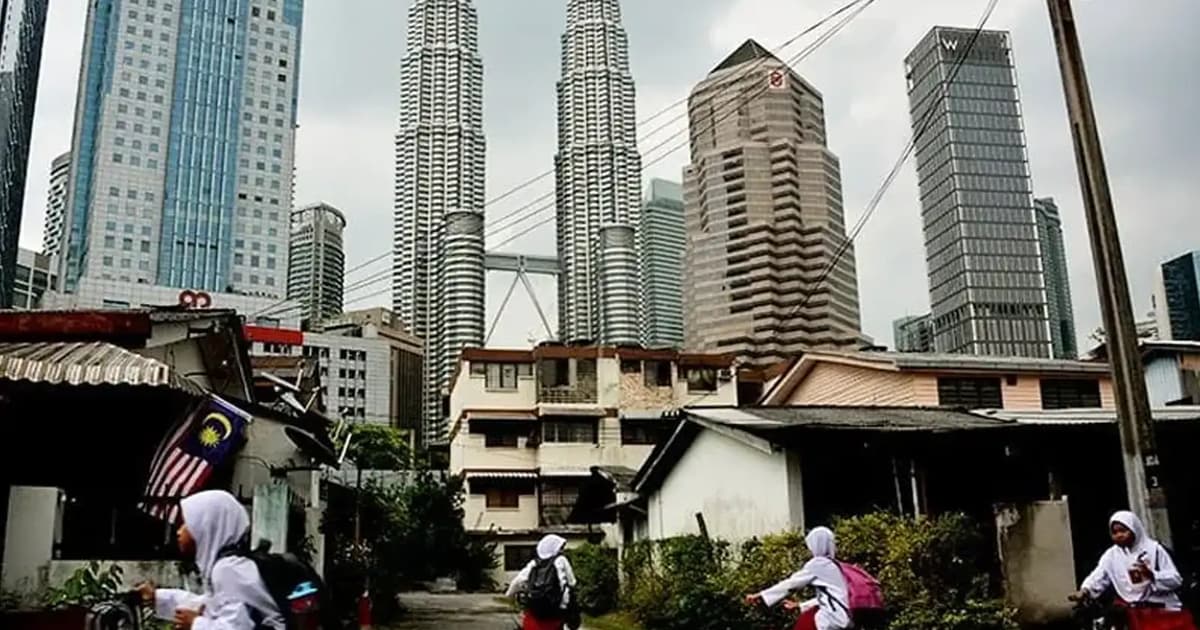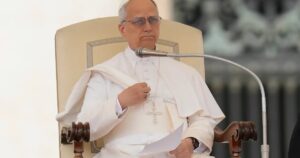
Kampung Baru in Kuala Lumpur is not Malay reserve land, contrary to popular belief, says federal territories minister Dr Zaliha Mustafa.
She said the area was gazetted as a Malay agricultural settlement (MAS) on Jan 12, 1900 under Section 6 of the Land Enactment 1897 via the Malay Agricultural Settlement (Kuala Lumpur) Rules 1950, and was not subject to the Malay Reservation Enactment.
“This land has restrictions that do not allow non-Malays to own or occupy (areas within it). It also has MAS endorsements and restrictions on ownership rights,” Sinar Harian reported her as saying in the Dewan Rakyat today.
Zaliha said Malay reserve land in Kuala Lumpur was instead subject to the Malay Reservation Enactment, as applied via the Federal Territory (Modification of Malay Reservation Enactment) Order 1974, which stipulates that Malay reserve land can only be owned by or transferred or rented to Malays.
She was responding to Azman Nasrudin (PN-Padang Serai), who had asked about challenges to the development of Malay reserve land in Kuala Lumpur such as Kampung Baru.
Zaliha said that as of 2025, the federal territory of Kuala Lumpur had 1,004ha of Malay reserve land: the Segambut and Selayang reserves in the Batu district, the Sungai Penchala and Taman Desa reserves in the Kuala Lumpur district, and the Gombak reserve in the Setapak district.
She said challenges included matters of land ownership, development agreements, land valuations, local community perception and cultural heritage.
“The co-ownership of land by many people makes it difficult to reach complete agreements. Some Malay reserve land is heritage land, passed down from generation to generation,” she said.
Zaliha said this meant that a lot of land might be owned by tens or hundreds of people, with overlapping claims by up to 256 people registered as co-owners of one 8,700sq ft lot.
She said even one rejection of an offer by a co-owner could sink a proposed development.
“Malay reserve land has limited future market value due to restrictions on the transfer of ownership to non-Malays, which directly limits investor and property market interest in completed units for sale
“This is despite the strategic location of many of Kuala Lumpur’s Malay reserves, which would address the high cost of their redevelopment,” she said, pointing to the Sungai Penchala reserve as an example.
Zaliha said balancing redevelopment with the preservation of cultural heritage also posed a challenge, especially in villages “synonymous with Malay heritage and rich in local history, traditions and identity”.
Separately, she said she would deliver a special briefing on Thursday on the redevelopment of Kampung Sungai Baru, including measures to ensure that residents receive their rightful entitlements and that Malays remain in the area.
She said the government was exploring a more creative and sustainable economic model to preserve the Malay community in urban areas, particularly in the redevelopment of Kampung Sungai Baru and Kampung Baru.
Zaliha said discussions were ongoing with developers and GLCs, including UDA Holdings Bhd, to identify the most suitable form of collaboration.
“My main concern is ensuring that residents who have agreed to the redevelopment receive the homes they have been waiting for, for over nine years,” she said.






